Route Highlights
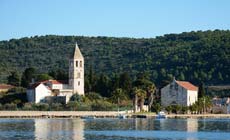
Island of Vis
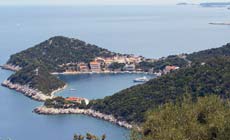
Bays of Lastovo
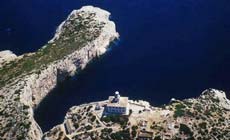
Secluded Susac
Itinerary
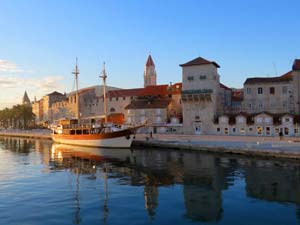
Day 1 Trogir
Trogir is basically a town-museum, and this is true from the minute one sets foot in the place. This is should be the place to visit for enthusiasts of both cultural and historical monuments, original architecture, wonderful alleys, and art. In Trogir, the opportunity is provided to learn more about the manifold and complex heritage, ranging from the Romanesque yard to the modern interiors that are simply marvelous. Trogir’s unique history, the Radovan’s portal and the vast number of art collections have been a spectacle of interest among travelers for centuries. This is because they offer unique beauty that is personified in the relief of Kairos which is a major attraction for tourists.

Day 2 Vis
Vis is both a town and a port; located on the eastern side of the northern coast of Vis island. The island itself emerged after a prolonged period of isolation whereby tourists from abroad were not allowed to visit until 1989. The island stands out because of its unpolluted environment, local specialties (seafood) and crystal clear sea and maritime scenery. Essentially, this is the cleanest part of the Adriatic. Vis is rampant with the opportunities of both sport and recreation which attract both locals and tourists. During summer, various events are organized for entertainment as well as comfort which the tourists enjoy to their fill.
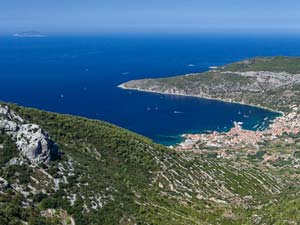
Day 3 Komiza
Komiza is located on a deep bay, where its eastern coast is lined with extensive pebble beaches namely Nova Postam Velo Zalo and Gusarica. Opportunities created for visitors range from quality accommodation such as hotels and apartments. Visitors are also accommodated in the cultural and historic locations such as fortresses and monasteries. Komiza is well known for its fishermen, and their reputation extends as far as San Pedro, California. Here, fish alongside other seafood is served traditionally on a daily basis. This is a place that every tourist should visit at least once in their lifetime.
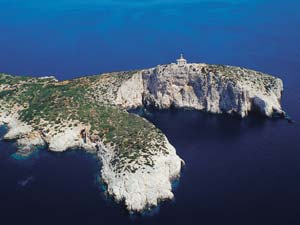
Day 4 Susac
The location of the island of Susac is frankly off navigation routes. It is 23NM South of Hvar and 13NM West of Lastovo. The island is engulfed by the vast, seemingly endless sea which brings out the sense of seclusion from the rest of the world. From a distance, Susac seems like it is made up of two islands. On the highest side of the southern part of the Island, a lighthouse was built in 1878 along a very steep ground. On the other hand, the southeastern part of the island is less steep and hosts a number of beautiful trails and bays alike. Once the “Bura” winds have died down, one can see up to 30m deep into the water.
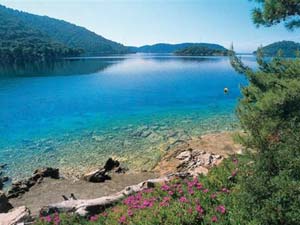
Day 5 Lastovo
Lastovo is an island municipality. On the highest point of the island is a meteorological station that offers a beautiful view of the eastern section of the island, the Lastovci islets, as well as Korcula which is a neighboring island. Essentially, Lastovo is famous for the spiny lobsters, exquisite wines, sports and recreational activities that it offers.
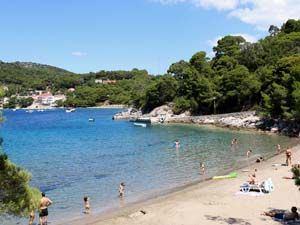
Day 6 Saplunara
Saplunara is both a village and a cove located on the South-Eastern coast of the Mljet Island. It is engulfed by a thick pine forest. The island consists of both Velika and Mala, and both have portable water sources. During the summer, the sea heats up to a temperature of 28 °C. On the other hand, the regional road that passes through Korita connects the village with other villages and towns around the island, and also to the lakes on the western side of the island.
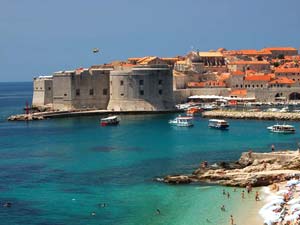
Day 7 Dubrovnik
Dubrovnik is a city with a unique cultural and political history, mainly the Statute from 1272. It is also a city with world famous beauty and is one of the World Heritage Sites as listed by UNESCO. By right, it is among the most famous cities and attractive cities of the Mediterranean. Besides the natural beauties, cultural and historical heritage, Dubrovnik offers quality experiences and opportunities for visitors.
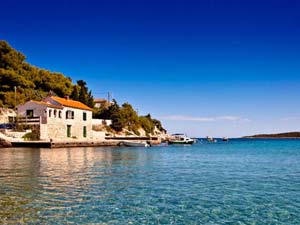
Day 8 Sipan
Also, commonly referred to as “The Golden Island”, Sipan is considerably the largest island in the area and most populated of all the Elaphit (Elafit) islands. The climate is mostly mild winter in this little space of incredible cultural tradition. There are a huge number of monuments, over thirty churches, several monasteries and about sixty Gothic and renaissance summer residents. Unlike anywhere else in the world, in Sipan, a person can wander off for hours along beaten paths used by wild creatures at times. There are little of such places left in the world today.
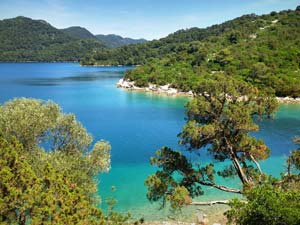
Day 9 Polace
Polace is a small village in a bay having the same name that is located on the western side of the north coast of the Mljet island. The primary source of basic income for the inhabitants is farming and fishing. The bay extends for 5.6km in length and is 3.9km wide and is surrounded by other small, almost unpopulated islands namely; tajnik, Ovrata, moracnik and Kobrava. However, due to the proximity to lakes Veliko and Malo, Polace is used as the harboring ground of the Mljet lakes.
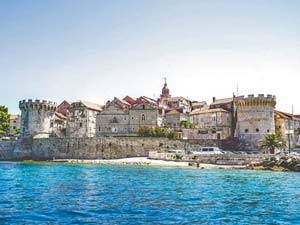
Day 10 Korcula
The town of Korcula is the primary historical centre of the Korcula Island which has a decent location along the peljesac Channel. The town is well known for its outstanding historical as well as cultural heritage, not forgetting seafaring, stone-masonry and ship building. This is the birthplace of the well known traveler and adventurer Marco Polo, and today the town is a well known tourist centre.
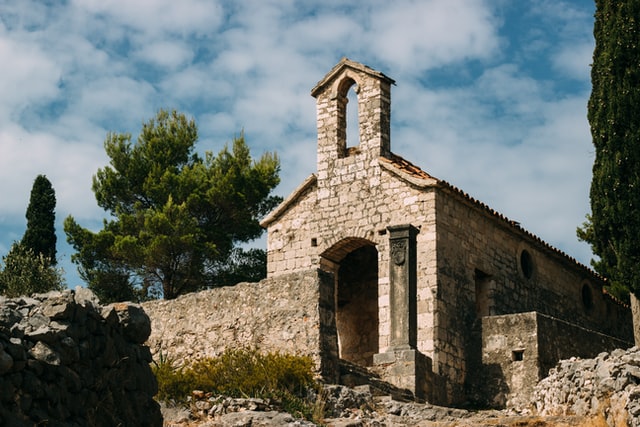
Day 11 Hvar
This is a town that holds centuries-old traditions in tourism and rich cultural and historical heritage. The main attractions of this town are its pleasant weather (a lot of sunshine), gastronomic offers, sports and recreational facilities, and natural sceneries. Hvar is a destination that is frequented both in the summer and winter and offers the perfect climate for health tourism. Hvar has recently become a jet-set destination for the marvels that it offers for visitors.
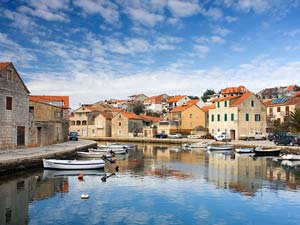
Day 12 Vrboska
Vrboska is a small town that is primarily a harbor located on the northern coast of the Hvar Island. The town lies in a deep cove that is surrounded by vineyards, a pine forest and olive groves. The town has a long standing tradition of fishing as is shown in the Fishing Museum. Vrboska has a fortified church that provides as a great view of the surroundings and the open sea. The church is also an important and unique monument for the Vrboskan residents. The town also offers a peculiar sight on a Karst Island that shows houses rising on either shores of a channel that is spanned by several bridges. The churches of Vrboska are home to the greatest cultural treasures of the Island of Hvar.
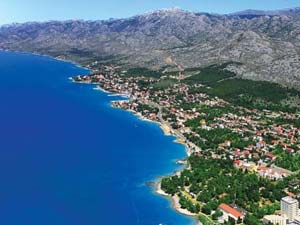
Day 13 Stari Grad
Stari Grad is located at the northern side just at the end of the bay of Hvar. History has it that it was first discovered by the Greeks. Stari Grad is a collective name given to towns that grew at the same time and were also abandoned at the same time. More than a thousand years of the existence of this town have led to the development of numerous monuments in the urban structure of the entire town. Stari Grad (Faros) is the historical heart and soul for the pharaohs that lived on the island of Hvar.
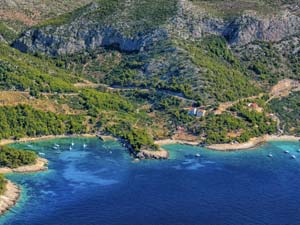
Day 14 Milna
The name Milna originated from the fine sand alluviums in the ancient ages that were called Mil. Milna is the largest, most protected and also the most beautiful Branc harbor. It has a magnificent baroque parish church filled with beautiful paintings. The Osibova bay is home to a small Gothic church in ruins. The vicinity of the harbor is graced with a beautiful cove and a magnificent pebble beach. The Bobovisca cove is a place that is most preferred for anchoring as well as swimming by the visitors who grace Milna.
